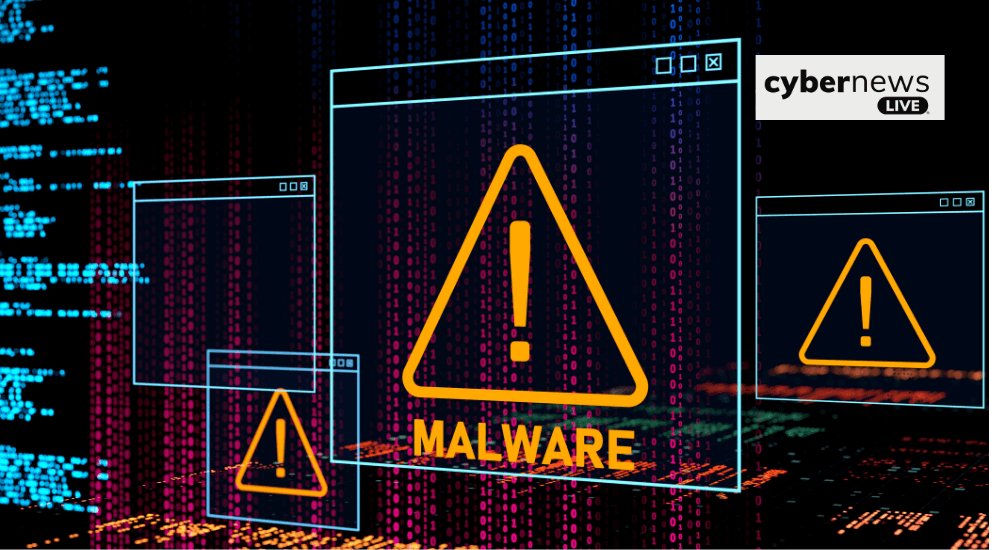
Bug Hunting in Cybersecurity: Ethical Hackers vs. Exploits Before They Happen
In a digital world where software powers everything from global finance to smart homes, cybersecurity has become a front-line defence. One of its most proactive weapons? Bug hunting—a high-stakes cyber sleuthing practice where ethical hackers (also known as bug bounty hunters) search for software vulnerabilities before threat actors can weaponise them.
What is Bug Hunting?
Bug hunting is the strategic process of identifying and reporting flaws in software, systems, or platforms. These vulnerabilities, if left unresolved, could lead to data theft, system compromise, or financial loss. Unlike black-hat hackers who exploit flaws, bug hunters ethically report them—often through bug bounty programs—to help developers fix weaknesses before they’re abused.
Why Ethical Hacking Matters
Bug bounty hunters play a pivotal role in the cybersecurity ecosystem. As attack surfaces expand, their work helps close the gap between security flaws and real-world threats. For organisations, this translates into stronger defences, protected users, and far fewer security incidents.

The Bug Hunting Process: Step-by-Step
Preparation
Hunters analyse the target system’s architecture, set up isolated environments, and gather the right tools to ensure a focused and safe assessment.Reconnaissance
Information is gathered via passive (e.g., GitHub, WHOIS, public docs) and active methods (e.g., port scans, traffic interception) to map attack surfaces.Testing (Manual or Automated)
Manual testing involves probing inputs and business logic for exploitable behavior. Automated tools like OWASP ZAP and Nessus accelerate detection of known vulnerabilities.Bug Identification
Suspicious behaviours are flagged and validated. These can range from minor glitches to critical security holes like XSS or privilege escalation.Documentation
Effective bug reports include reproduction steps, expected vs. actual results, screenshots, payloads, and technical evidence to aid swift remediation.Reporting
Clear, actionable reports are submitted through designated channels or platforms, helping developers understand, prioritise, and fix the issues.Remediation & Retesting
After patches are applied, hunters verify fixes and check for regressions, ensuring security improvements don’t break functionality.
Why Bug Hunting is Mission-Critical
Prevents Cyberattacks: Identifies flaws before criminals can exploit them.
Boosts Security Posture: Drives secure coding and system design.
Protects Users: Mitigates risks to individuals and businesses alike.
Reduces Costs: It’s cheaper to fix a bug than recover from a breach.
Final Thoughts
As threats grow in complexity, so must our defences. Bug hunting is a vital, evolving discipline requiring a mix of technical expertise, creative thinking, and ethical responsibility. It empowers defenders to act before attackers do—keeping the digital world just a bit safer, one vulnerability at a time.
Don’t wait for a breach to happen. Follow Cyber News Live to get the latest insights, expert opinions, and timely updates that will empower you to navigate the complex world of cyber defence.

